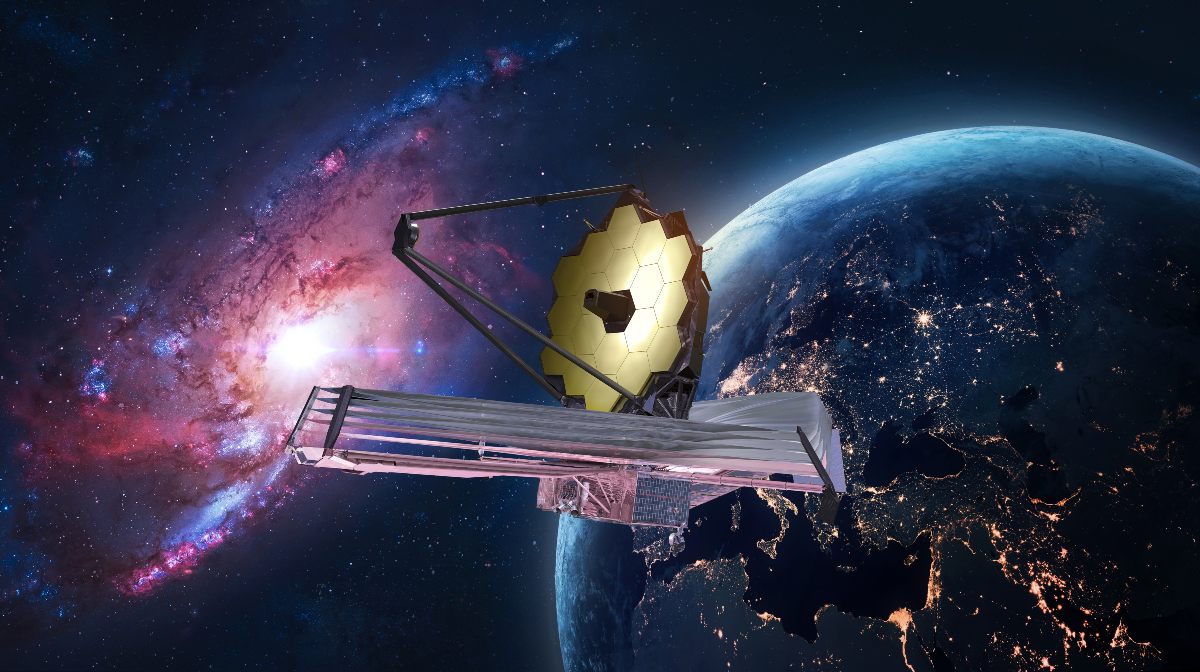The last images of Uranus that could be seen publicly were those captured by the James Webb Space Telescope in 1986 thanks to the Voyager 2 probe. Now, thanks to the new scientific research being carried out by institutions such as NASA, new documents have been exhibited again, explaining more curiosities about all the structures surrounding the planet.
What could be observed in the photographs of Uranus?
The photographs that have been made public were taken last September 4, 2023. Thanks to the James Webb telescope as mentioned above. According to NASA indications, the axis of the planet’s rotation has been observed at an inclination of 98 degrees, turning its north pole towards the Sun.
In addition to all this, eleven of the thirteen rings that surround Uranus can be observed, having a structure similar to that of Saturn in its order and totality. Two of the rings that NASA was able to study upon arrival of the photos, could be seen as distant and faint, being almost invisible in normal observation situations.
With better visibility, nine satellites orbiting Uranus could also be seen from the right of the planet, including Rosalind, Puck, Belinda, Desdemona, Cressida, Bianca, Portia, Juliet and Perdita.
By extending the observation range, NASA was able to find a cloud covering the entire north pole of Uranus. In addition to that, they also found other large satellites such as Oberon, Titania, Umbriel, Ariel and Miranda.
NASA continues to be on the rise in planetary research
Thanks to the explanations being provided by NASA and the cooperation of various technological and scientific tools such as the James Webb telescope, more particularities of the universe around us are being discovered, providing us with much more detailed and complete information of the things we knew, being a breakthrough in the world of astronomy as we have conceived it so far.
We will see more NASA missions in the future
One of NASA’s latest research has been based on sending a video of a cat more than 30 million kilometers away, sending it by laser into space. The kitten they have counted on as a protagonist is named Taters. The objective of the activity was to test the possibility of sending streaming video through space. It was relayed by the Psyche probe, which was launched in October 2023. The probe will be on mission for about 6 years. And it is expected to travel about 3.6 billion kilometers during the same.
We will see what the future holds for us, after having such an intense involvement of NASA, creating valuable information for all kinds of fans of the subject. It is true that it is increasingly relevant to know if there are more things outside our planet, creating the ideal space for research and to learn more. What do you think about all this?




